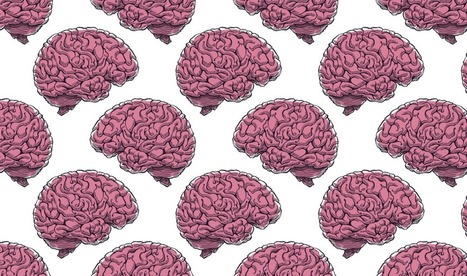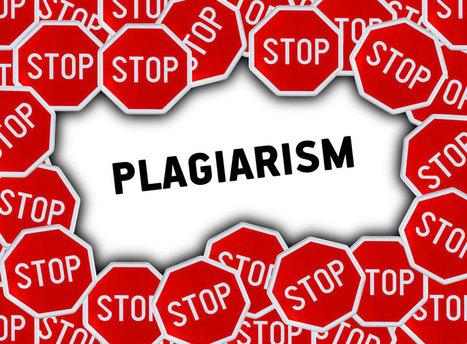When we think of “studying,” we probably have similar images in mind: long, endless hours sitting in the same spot, pouring over the same material, trying almost desperately to commit it to memory. These tedious study methods are often seen as tried and true, despite no actual scientific evidence proving that they are. Maybe you had some random success after pulling an all-nighter, or your friend managed to get an A on a test they waited until the last minute to prepare for, but these shouldn’t be the study habits you resort to on a regular basis.
Get Started for FREE
Sign up with Facebook Sign up with X
I don't have a Facebook or a X account

 Your new post is loading... Your new post is loading...
 Your new post is loading... Your new post is loading...
Current selected tag: 'study habits'. Clear
There’s plenty of good research on study strategies that promote learning. It’s also well-documented that students don’t always use them. As most of us are well aware, procrastination gets in the way of learning. Cramming ends up being mostly a shoveling exercise—digging up details and dropping them into short term-memory. But there’s also evidence that students don’t know that some strategies do more for learning than others. And guess what? Neither do some faculty.
Kids can and should practice the skill of learning if they want a fighting chance at fulfilling all those lofty goals their parents set for them. But some people keep studying - and thinking - the same way all their lives without improving their methods.
This naturally led to a conversation about portfolios. Portfolio discussions typically center on the tools: how to save, share, and publish student work. When we instead let the process of curating, reflecting, and sharing serve as the focal point, portfolios become summative in nature and can be viewed as an add-on to the end of a unit, project, or activity.
Welcome back to Study Skills – the video series that helps you pick up the skills you need to become a top-class distance learner. This time we focus on an area that is important to master if you want to improve your grades: learning from feedback.
Faculty often tell students to study two hours for every credit hour. Where and when did this rule of thumb originate? I’ve been unable to track down its genesis. I suspect it started around 1909, when the Carnegie Unit (CU) was accepted as the standard measure of class time. [See Heffernan (1973) and Shedd (2003) for thorough histories of the credit hour.] The U.S. Department of Education defines the credit hour as “One hour of classroom or direct faculty instruction and a minimum of two hours of out of class student work each week for approximately fifteen weeks for one semester…” The expectation was the norm when I was in college in the 1980s and more seasoned professors indicate it was expected in the 1970s too.
Newport says that managing one's attention not only makes you more productive, but also is, in the words of science writer Winifred Gallagher, “the sine qua non of the good life and the key to improving virtually every aspect of your experience.” Via Nik Peachey
Are you currently enrolled in an online course, hoping to learn a new language, or planning to take up a musical instrument? Although we all have our own preferences when it comes to learning, the way the brain processes, stores, and retrieves information is the same for all of us, and the more you understand about how your brain works, the easier it will be to learn and improve in just about every area of your life.
With the increasing surge of information and the compelling distractions of social media, videos, and games at their fingertips, students are understandably drawn to engage with these distractions during homework. Most kids believe they can have it all -- by multitasking. The fallacy is that when combining these activities with homework, they are getting less done, not more. That's because the brain doesn't multitask.
Education and cognitive science are largely separate worlds that have begun communicating only in the last decade, partly because “teachers see all sorts of reforms come and go, and they’re skeptical — and rightly so — of anyone who comes in and says, “Well, I’m going to tell you how to make the kids learn better,” he said. Via Nik Peachey
In this lesson students will learn about some of the factors that influence successful study. They will evaluate their existing study skills in the light of information from an infographic and do some online research into effective study techniques. Via Nik Peachey 
Nik Peachey's curator insight,
August 29, 2016 7:29 AM
Start the new term with a lesson in how to learn.
Beyond the emotional connection adults may feel to the way we learned to write, there is a growing body of research on what the normally developing brain learns by forming letters on the page, in printed or manuscript format as well as in cursive.
Langwitches, The Magic of Learning. |
University 101: Study Strategize Succeed helps you to create a foundation for post-secondary studies by learning how to learn. By taking the time to read this book and work through the exercises included, you are investing in the skills that will support you in all of your classes and future learning. Successful students share a set of skills and habits in common. The good news is that these skills are not a secret; anyone can learn the skills that support successful learning. By taking some time to learn proven study strategies, you will be able to reach your learning goals, and avoid the pitfalls that can take you off-track.
Elizabeth E Charles's insight:
This open textbook has been added to our key study resources for our students.
By now most of us are aware that the quality of our learning depends on a number of different factors, some of which are easier to control than others. But the more we understand about why and how everyday things can affect our ability to commit new information to memory, the more effective our learning will be.
Information cannot always be trusted. Despite popular opinion regarding the devastating impact of the Internet on the modern age, the inherent untrustworthiness of information is not new. Satire, misinformation, and disinformation have been circulating for centuries, even long before the printed word. However, thanks to the relative ease of creating and sharing content online, our students are confronted with publications created solely to entertain, persuade, and incite via incorrect or incomplete statistics.
But Oakley is a self-described “former math flunky” who “retooled” her brain — and who has since made it her life’s work to help others learn how to learn by explaining some key principles from modern neuroscience. When students do not understand how their brains learn and retain material, they can develop misconceptions about themselves as learners — such as a faulty assumption that they are bad at a subject or that they suffer from performance anxiety. Oakley shares the common experience of students who reread their notes and think they know the material — only to enter a test and find that they cannot retrieve the information. “They are horrified and think they must have test anxiety.” More likely, says Oakley, they simply haven’t been taught how to study in a way that allows them to retrieve the information.
In response to this crisis, The Tech Edvocate decided to put forth the idea that the explosion of edtech can be leveraged to decrease the drop rate in America, provided that educators have the right tools. In this article, we decided to share with our readers a list of edtech tools that we believe can be used to prevent students from dropping out. However, before we get into that, let’s talk about why we should be concerned about the dropout rate.
Students write a lot, and the issue of plagiarism (or, at least, wrong paraphrasing) remains topical. As educators, what can you do to help students avoid the problem?
Student achievement and accountability mandates through high stakes testing have caused educators to analyze teaching and learning strategies to better support young scholars. Examining and implementing the most successful strategies for students will enable to develop them into a productive 21st century worker. Teachers have had to analyze their instructional models and delivery systems to help improve and drive student achievement.
Tired of letting pesky errors slip by you? Instead of hiring an editor, become your client’s most valuable asset by adopting these editing approaches. Communications campaigns must be bulletproof. One mistake, and readers will discount you or make fun of you online. No pressure, right? Luckily, there are plenty of ways to head off errors before they are published. Here are 10 tips to get your proofreading skills up to speed:
Elizabeth E Charles's insight:
Great practical tips.
“More is better.” From the number of gigs in a cellular data plan to the horsepower in a pickup truck, this mantra is ubiquitous in American culture. When it comes to college students, the belief that more is better may underlie their widely-held view that laptops in the classroom enhance their academic performance. Laptops do in fact allow students to do more, like engage in online activities and demonstrations, collaborate more easily on papers and projects, access information from the internet, and take more notes. Indeed, because students can type significantly faster than they can write, those who use laptops in the classroom tend to take more notes than those who write out their notes by hand. Moreover, when students take notes using laptops they tend to take notes verbatim, writing down every last word uttered by their professor.
If you are a student of any study level, your performance probably is one of your main concerns. You want better grades and compliments from your teachers, professors, and classmates, and this is only natural.
From
www
Teachers and academics discuss plagiarism following Melania Trump's speech
Via Mary Reilley Clark 
Sandra Markus's curator insight,
August 12, 2016 10:16 AM
A great example of plagiarism for Digital Literacy curriculum |






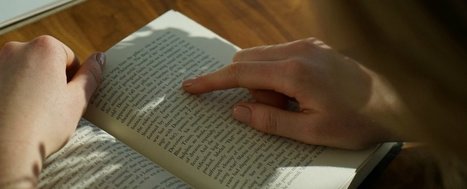
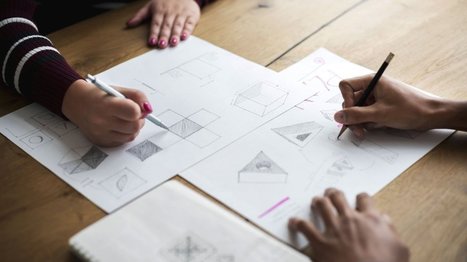
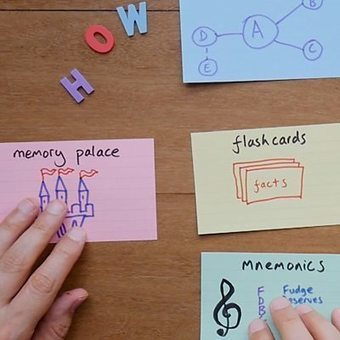




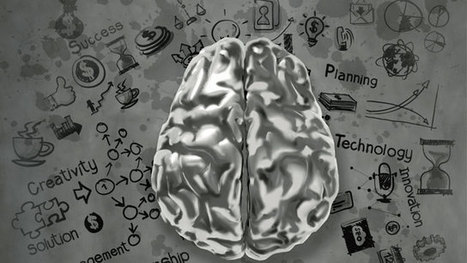

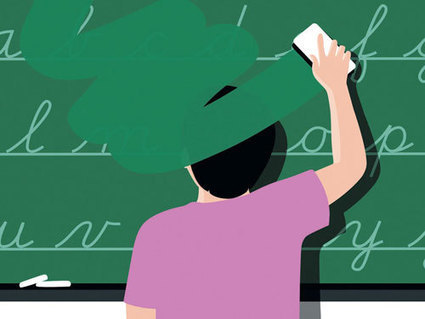
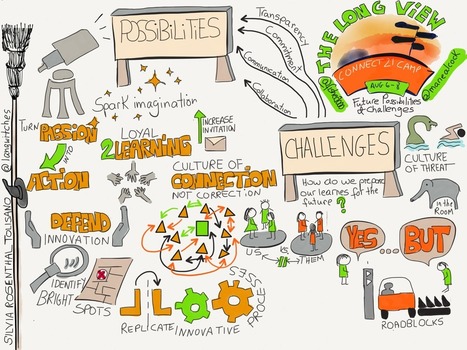
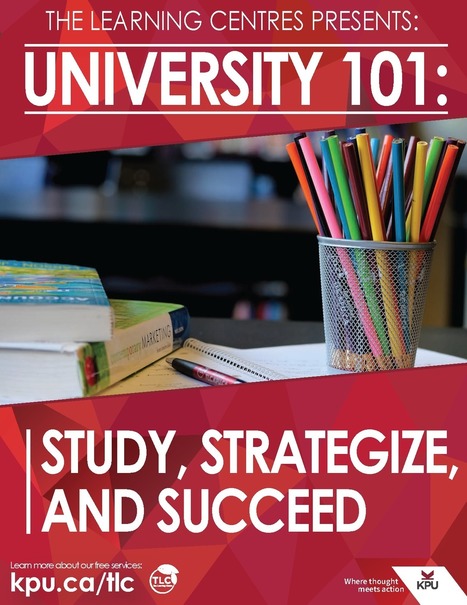


![Reliable Sources: Promoting Critical Thinking in the [Mis]information Age | Information and digital literacy in education via the digital path | Scoop.it](https://img.scoop.it/IU63pDheV-ct6OMSeL8OUDl72eJkfbmt4t8yenImKBVvK0kTmF0xjctABnaLJIm9)
